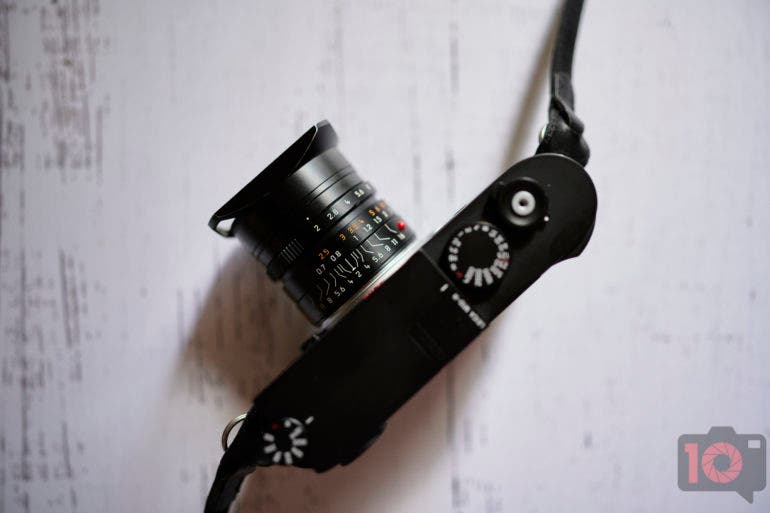The Passionate Street Photographer: How to Zone Focus a Lens
The pandemic gave way to loads of new passionate photographers, and we’re here to share how to document the world’s reopening.
Surely, modern autofocus is fantastic. But there’s nothing like the pride of getting a shot because you zone-focused the lens beforehand. Have you ever shot a photo you were happy with just the way it was? It probably didn’t need any post-production. It was an authentic moment that you captured. And most importantly, you did it, not the camera or the lens. You can achieve these Jedi-like powers with zone focusing.
Editor’s Note: This is a special tutorial sponsored by Leica. As the world begins to open up, street photography will rise again. Passionate photographers like you will help tell the stories of your local community. Get ready to capture some historical photos as the world normalizes.

What Is Zone Focusing?

Zone focusing involves having a specific zone coverage of the lens perfectly in focus. Let’s look at the photo above of the Leica 28mm f2 Summicron ASPH. The lens says that at f5.6, anywhere between two to three and a half feet away will be in focus. As you focus further away, more of the scene will get in focus. Ideally, you’ll focus anywhere between four feet and six feet away. That’s considered the ideal range for lots of street photographers. Combine that with knowing how your focal length sees the world, and you’ll get the shot consistently.
Philosophically speaking, zone focusing can also apply to being in the zone. As you walk around, you’re constantly scanning the world. Specifically, you’re paying attention to whatever your lens will have in focus. Essentially that means that your immediate proximity is taking priority. If you see something happening further away, you’ll need to move closer to it. This can be a very meditative process.
Why Zone Focus Instead of Autofocus?
There are loads of reasons why you should zone focus instead of autofocusing. For starters, cameras are still machines. Even though they have face detection, they only do what you tell them to do. With zone focusing, you’re telling the lens to focus a certain distance away. All you need to do is move closer to or further from the action. With zone focusing, you always know what you’re going to get. Despite how good autofocus has become, it’s still not perfect.
Zone focusing is infinitely easier with most manual focus lenses than it is with autofocus lenses. Autofocus lenses have a shorter focus throw (or focus range, if you will) that’s designed to make them focus faster. Manual focus lenses have longer focus throws. This is because they’re usually precision tools. Luckily, you can adapt Leica M mount lenses to your camera. For example, the Leica 35mm f2 APO-Summicron-M ASPH can be used on the SL2-s. All you need is an adapter!
The Leica Q2 Monochrom and Leica Q2 have a special lens designed to be used for both!
How Do You Do It?
Here are a few recommendations with zone focusing:
- Choose a normal or wider focal length. The ideal choices are 50mm, 35mm, 28mm, and 24mm lenses. The great masters of street photography used anywhere between 50mm and 28mm lenses. Those, they said, show the world the way they see it. We’ve got a full recommendation of our favorite lenses right here. Try the Leica 50mm f1.4 Summilux ASPH, the Leica 28mm f1.4 Summilux ASPH, or the Leica 35mm f2 Summicron ASPH.
- Look at the lens. Focus it to a distance you’re comfortable being from your subject. During social distancing times, you might want to choose around six feet away.
- Read the distance scale. It will tell you how much of the scene will be in focus at a given aperture. Stop the lens down to where you’re comfortable.
- Set the ISO so that your shutter speed is at least 1/50th. If you really want to stop people in motion, you’ll need at least 1/1000th.
- As an extra tip, meter off your hand. Your hand will be close to the skin tones that you want to capture. And that will prep you for shooting the photos you envision.
- Pay attention to the lighting around you. As it changes, you might need to adjust your exposure.